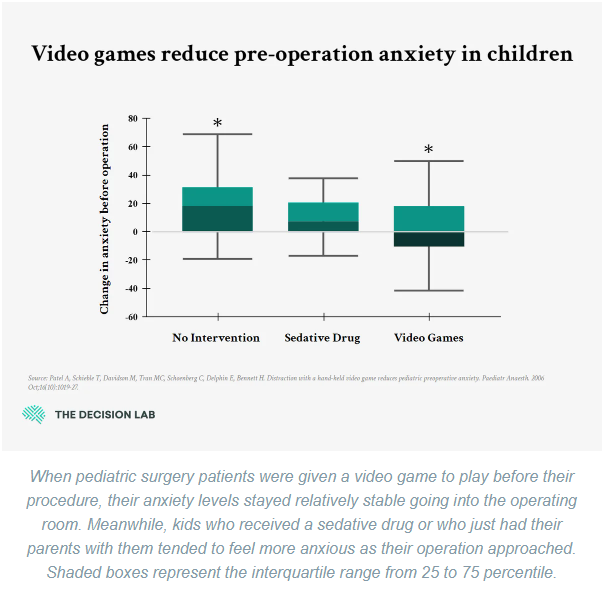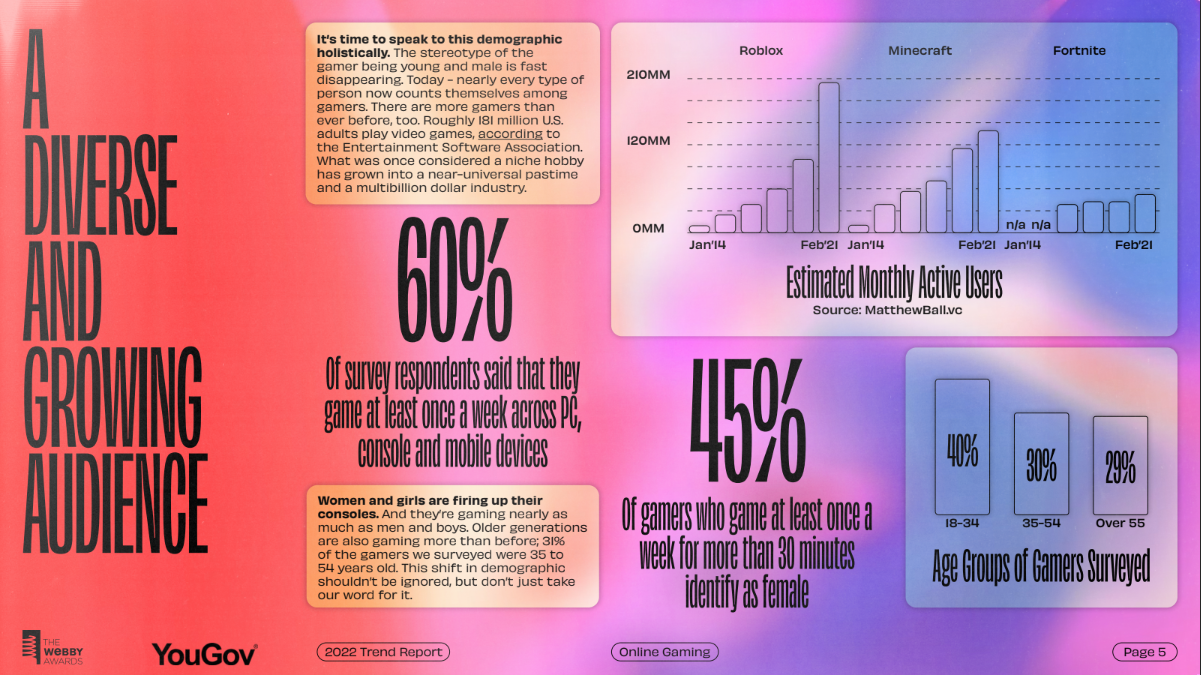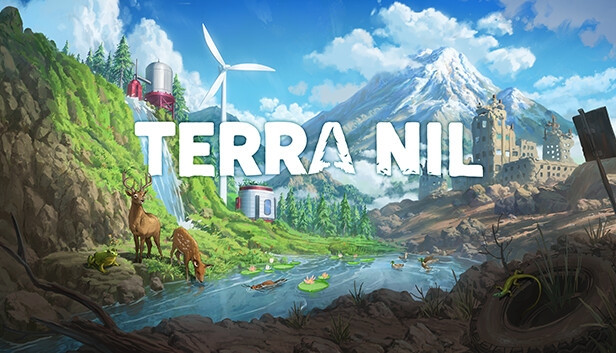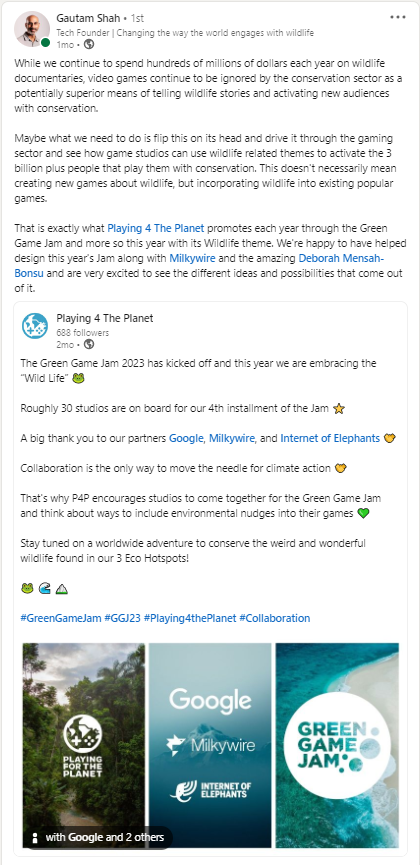
Ahead of the Curve: Growth of Gaming.
The Ahead of the Curve series highlights five emerging social trends that may impact our audiences and, therefore, our outreach and engagement efforts.
I believe it’s vital to understand the larger social forces influencing our audiences so we can proactively adapt our outreach approaches accordingly instead of reactively jumping on the bandwagon.

To set expectations before we get into this week’s content, the “growth of gaming” trend is not about the metaverse (yet). It is not about the behavioral science technique of gamification. Here, we are talking about playing video games.
Did you know that gaming can be good for you?
While the trends of seeking joy and getting outside help refill our cups, and the trend of taking action channels our angst toward creating change, the trend of gaming gives us another world to escape to.
These virtual worlds aren’t used for pure escapism, as if it was a vacation from reality, but rather a space where one has greater control over what’s happening around them. It’s a way to grab the reins to reduce anxiety, relieve stress, and retain agency.
Video games have received a bad reputation since Nintendo came on the market in 1988, with much speculation that video games produce aggressive tendencies. Yet, there is little scientific support behind these claims. More studies indicate that video games are a healthy form of play for people of all ages.
This interesting study explored if video games could reduce anxiety among children, specifically those about to head into an operation, and showed that video games helped stabilize anxiety as the procedure time drew near.
Playing video games can help adults relax by focusing on a specific task, similar to how knitting, adult coloring books, and meditation work.
“Pallavicini puts the mental health benefits of playing video games down to achieving a state of “flow.” She says flow is “the optimal experience when nothing else matters” and is also experienced by athletes and sports people when they are in the zone.
Playing to find the flow state can provide an enjoyable challenge and distraction from mental health issues, she says, meaning the player can work on their wellbeing without feeling pressured to improve.” » BBC, Why playing games is good for you.
The demographic traits of gamers have expanded far beyond the early adopters of teenage boys to include nearly everyone. I’m sure you can locate a gamer near you.
Women and girls are gaming nearly as frequently as men and boys, and almost all age groups (including those 55 years and older) are participating in gaming and are doing so at least once a week.
With video games providing a space for exploration, play, and curiosity for all age ranges, it’s no surprise we see rapid…
GROWTH IN GAMING
So, what does this have to do with conservation and sustainability? The exciting news is that the intersection between gaming and environmentalism is also rapidly growing.
“More than 81% of video gamers want to engage with more green messages in video games, Gamers would like to see more green content in games, and more than two-thirds have considered changing their behaviours (such as eating less meat) as a result of in-game messaging.
Around 80% of players are concerned that environmental issues are affecting them now, and will do so in the future, which suggests a genuine appetite for action.” » Playing 4 the Planet, Confirmed: Playing Video Games Can Lead To Climate Action.
Let’s take a look at four efforts leading the movement.
1. Creating a game of change: Terra Nil.
Terra Nil is a brand new video game that tasks its players to rewild various landscapes. Many refer to the game as Sim City in reverse. Instead of focusing on building cities, it concentrates instead on restoring ecosystems.
“Gamers are embracing environmentally minded video games that encourage regenerative practices. Terra Nil, for example, set to launch in early 2023, will instruct players to reconstruct an ecosystem in the aftermath of a devastating climate crisis event.
The concept of the game, which is reminiscent of SimCity’s urban-development model, flips the concept to prioritize the environment above skyscrapers and urban infrastructure. Terra Nil players will need to restore nature rather than exploit resources to build their city.” » Wunderman Thompson, The Future 100.
Click the image above to discover how and where you can play the game.
“With Terra Nil’s story of “climate positivity,” Alfred is part of a burgeoning wave of game makers attempting to both educate players on the dangers of the climate crisis while stretching perceptions of what is possible in response to it.” » The Guardian, Can Video Games Change People’s Minds About the Climate Crisis?
2. Changing the game of games: Playing 4 the Planet.
Games that focus exclusively on environmental issues, like Terra Nil, can sometimes have difficulty breaking into the mainstream gaming market and be seen as fringe-interest games.
But what if we could integrate environmental actions into games that are already popular?
That is precisely what the Playing 4 the Planet Alliance has set out to do. Each year they host a Green Games Jam that challenges video game studios worldwide to develop new content for existing games that engages players in various climate-related actions.
The 2023 Green Games Jam theme is focused entirely on Wildlife!
3. Creating change within a game: Riders Republic.
Inspired by a previous Green Game Jam event, the Riders Republic team at Ubisoft developed an in-game Climate March event, the first time this has been done in a video game.
“For the event, Maniora’s team worked to modify an in-game location, create a new base camp and race event, and provide creative ways for players to express themselves during the Climate March. The Rebirth event will center around the concept of digital reforestation – players will work to plant trees in a dedicated area of the map and create a new forested area in Riders Republic even after the event ends.” » Ubisoft, Riders Republic Rebirth and Climate March.

I love how this example combines the Age of Action trend with the Growth of Gaming trend. There is even greater opportunity for audience engagement when we can creatively connect trends.
4. Connecting to nature through games: Internet of Elephants.
Our field’s ongoing challenge is forming stronger connections between people and wildlife in safe and constructive ways. Games offer endless opportunities to bring worlds closer together to experience the awe and wonder of nature.
Internet of Elephants built their business around using technology, data, storytelling, and play to engage more people in global conservation efforts.
Four years ago, I interviewed the founder of Internet of Elephants, Gautam Shah, about using the power of play (video games, interactive videos, AR) to engage a broader audience in wildlife conservation.
STAYING AHEAD OF THE CURVE
Staying ahead of this trend can be more challenging than the previous trends since it requires skills and resources, often far outside our organizations’ scope. But that doesn’t mean there aren’t opportunities we can take advantage of.
Collaborate with a game studio. As game studios create conservation content, they need trusted advisors to ensure the substance is realistic and accurate. Your work will likely provide game developers with new ideas for topics that can be explored and addressed in their games.
Develop your own video game. You may be giving me the side-eye right now for suggesting this amount of work, but consider if a video game can serve as the cornerstone of your efforts. Long Live the Kings invested in their Survive the Sound game, which helps the organization achieve several of its education and engagement goals.
- An organization I’m working with shared that a sixth grader in their community developed a recycling game for their website. So, it’s possible to create a game on your own!
Develop a simple, in-person game. If creating an electronic video game feels too big, then start with creating something simple that incorporates play, imagination, curiosity, and your conservation topic. This could be a BINGO game, scavenger hunt, role-playing game, or board game. Even a simple game goes a long way to engage and excite audiences.
Celebrate video game trendsetters! There may already be games out there that overlap with the work you do. Instead of creating a new game, you can put energy behind encouraging audiences to play your video game of choice and share their outcomes, insights, and experiences.
There is a dark side to gaming, which is the large amount of energy used to develop and play video games. Project Drawdown and other organizations are providing guidance to software developers on how gaming can lower its carbon footprint. This is also an area where your organization can provide support.
I hope you enjoyed the fourth Ahead of the Curve series post. Here are more studies on how gaming can be good for you and gamers’ demographic and psychographic traits if you want to dive deeper.
Next up is our final post in the series on Low-Cost Sustainability.






